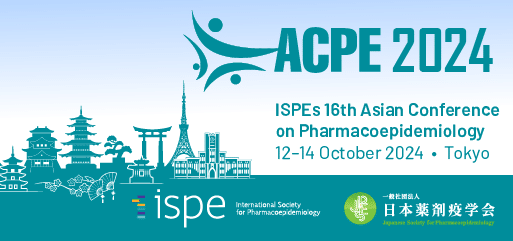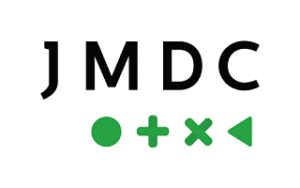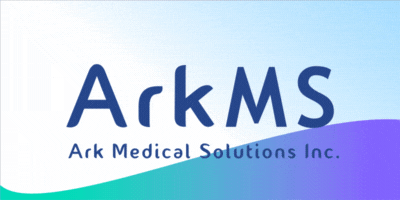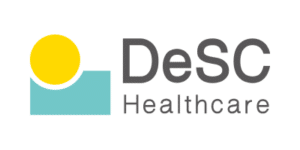Symposium sessions
Saturday 22 October 2022
10:30 – 12:00 (Taiwan time)
SYMPOSIUM 1: Environmental Pharmacoepidemiology around the world: Climate change, medications, and health outcomes
The World Health Organization has described climate change as the “single biggest health threat facing humanity.” Factors associated with climate change, such as air pollution levels, severity of storms, and destruction of local infrastructure, can disrupt clinical care and interact with therapeutics to affect health outcomes. For example, climate change and natural disasters can affect medication use and the frequency of adverse events, while local environmental conditions may place constraints on the distribution and utilization of therapies and place individuals with comorbidities at greater risk for potential harm. While measuring drug exposure can be difficult, understanding how to define and assess environmental exposure has its own complexities. Innovative and unique methodologies are needed to evaluate the interplay between environment and health across each region. Given the geographical, political, and cultural diversity of Asia, unique regional approaches based on available data sources will naturally occur. This symposium will bring together experts within and outside of ISPE to discuss the intersection of the environment and pharmacoepidemiology and how this research field encompasses members of the pharmacoepidemiology community in Asia.
SYMPOSIUM 2: Training of young pharmacoepidemiologists in Asia-Pacific regions: Challenges and future potentials
Cultivation of future scientists is crucial to the development of pharmacoepidemiology. Many universities from western countries had established well-recognized education programs and have bountiful resources. In contrast, the resources of pharmacoepidemiology training in Asia-Pacific region is limited and the nurturing of pharmacoepidemiologists is still in its infancy. It is important to understand how students and young researchers from Asia-Pacific regions are trained during their graduate program and post-doc fellowship, and to identify potentials for improvement. This is a student council-endorsed cross-country symposium which will be prepared by the National Cheng Kung University student chapter from Taiwan with the support from the ISPE student council.
SYMPOSIUM 3: Adequate for comparison? Global perspectives on external comparator studies in rare diseases
The focus of this symposium is to discuss opportunities and challenges for ECA studies in oncology and rare diseases for regulatory decision-making from the perspective of regulators, industry and methodologists. Topics include challenges and risk mitigation measures, case studies, and statistical approaches. Clinical trial designs are evolving in order to adapt to personalized medicine and meet high unmet needs. An example is the growth of acceptance and use of single arm trials (SATs) especially in oncology and rare disease as well as increasing evaluation of the potential role of external comparator arms (ECAs) to support regulatory decision-making. Opportunities remain to optimize approaches to meet and further define standards required for regulatory purposes. External comparators from RWE are increasingly being considered globally for regulatory decision-making especially in the areas of oncology and rare disease. The expertise of epidemiologists and biostatisticians is needed to address the potential for biases using this approach and to provide appropriate context to single-arm trials when randomized control trials are not feasible.
SYMPOSIUM 4: Pregnancy studies using Real-world Data from Asia and Europe: Fit-for-data considerations demonstrated with case examples
The growing availability of Real-World Data (RWD) has provided invaluable and timely evidence on medication safety among pregnant women, who are traditionally underrepresented in trials. Yet, with a range of RWD available for pregnancy studies, from insurance claims to registers, fit-for-data considerations and approaches are needed to generate valid real-world evidence (RWE). Therefore, this symposium will provide an overview of various RWD available in Asia and Europe for use in pregnancy studies, accompanied with case examples to demonstrate methodological and analytical considerations when assessing maternal/neonatal outcomes associated with prenatal exposure to medications. The symposium is intended for researchers, regulatory, pharmaceutical industry, and clinicians with an interest in providing RWE in a vulnerable population of pregnant women and their offspring.
Saturday 22 October 2022
15:30 – 17:00 (Taiwan time)
SYMPOSIUM 5: Use of Real-World Data in drug repurposing
Drug repurposing is to facilitate the process of drug discovery and development by identifying a novel clinical use for drugs that have already proven to be safe and effective in humans and are approved for other indications. It has been an attractive approach due to its potentially lower overall development costs and shorter development timelines. Real-world data plays an important role in drug repurposing because it captures diverse populations and clinical situations to enable examination and confirmation of drug effects in patients with different comorbidities or scenarios. However, the biggest challenge for drug repurposing is to find target populations and/or new indication. To accelerate drug repurposing, there is a need for better integrative platforms for both hypothesis-driven and hypothesis-free methods including different experts in pharmacotherapy, pharmacoepidemiology, pharmaceutical chemistry and pharmacognosy and traditional Chinese medicine.
SYMPOSIUM 6: The evolving landscape of biosimilars in the world: Barriers to uptake and priorities for the real-world evidence generation
Over the past decade, an increasing number of biosimilars have been approved (or are becoming available) worldwide. While the use of biosimilars could reduce healthcare costs and improve access to medical care, there are several challenges in increasing the confidence of prescribers and ultimately the uptake of biosimilars. In this symposium we will have leading experts discuss the utilization of biosimilars across various countries and explore the barriers to the uptake of biosimilars. For prescribers, these barriers include a lack of familiarity with biosimilar products and less personal financial incentive to use these products. Additionally, prescribers may feel less confident in the approval pathways for biosimilars with the perception that pre-market assessment may be less rigorous than originator products. To address some of these barriers we will discuss ways in which the evidence base can be improved to ensure rigorous and transparent evaluation of the real-world safety and effectiveness of biosimilars to bolster the confidence of prescribers and patients in these products.
SYMPOSIUM 7: RWD/RWE application in regulatory and reimbursement decision makings
RWD/RWE can improve our understanding of healthcare delivery, patient health and experience, and the impact of health technologies in a routine setting. In recent years, the use of real-world data (RWD) and real-world evidence (RWE) in regulatory and reimbursement decision making for health technologies have become a growing interest globally. Most countries use RWD/RWE to supplement clinical trial data; however, the adoption of RWD/RWE in regulatory and reimbursement may vary among health systems. Under a high level of interest from different stakeholders in the use of RWD/RWE, the symposium focuses on how RWD/RWE is used in regulatory and reimbursement, its influence on decision making, and leading to differences in reimbursement outcomes among Japan, Korea, and Taiwan.
SYMPOSIUM 8: Drug safety and effectiveness in Asians: What is the same and what isn’t compared with non-Asians with cardiovascular drugs/outcomes?
It has been suggested that the effectiveness of cardiovascular (CV) drugs and CV outcomes of non-CV drugs in Asians may not be the same as those in non-Asians. For example, the increase of stroke/systemic embolism (S/SE) with reduced-dose direct oral anticoagulant (DOAC) compared with warfarin reported in non-Asian countries has been often not reproduced in Asian countries. In a systematic review to compare Asian vs Whites, the risk of the CV death/hospitalization for heart failure (HF) in patients with HF and reduced ejection fraction (HFrEF) in Asians with sodium-glucose transporter 2 inhibitors (SGLT2is) and glucagon-like peptide 1 receptor agonists (GLP-1RAs) was lower than that in Whites. The relevant topics have been long discussed in the International Council for Harmonisation of Technical Requirements for Pharmaceuticals for Human Use (ICH) mainly from the viewpoint of the need for bridging studies, and we will address this issue with empirical evidence.







